Just two days ago, Apple introduced a new generation of its phones - the iPhone 13. Specifically, it is a quartet of models that, although it retains the design of last year's "twelves," but still offers a number of great improvements. In addition, as is usual with Apple, the performance was not forgotten either, which again moved a few levels forward. The giant from Cupertino bet on the Apple A15 Bionic chip, which even has one extra graphics core in the case of the iPhone 13 Pro (Max) models. But how does the chip perform in reality?
It could be interest you

The MacRumors portal drew attention to a rather interesting piece of information. On the Geekbench portal, which specializes in benchmark tests (not only) of smartphones and can compare the results with the competition, a benchmark test of the "iPhone14.2" device appeared, which is the internal designation for the iPhone 13 Pro model. It was able to score an incredible 14216 points in the Metal test, while last year's iPhone 12 Pro, for example, scored "only" 9123 points in the Metal GPU test. This is a great step forward, which apple lovers will definitely appreciate.
When we convert these values into percentages, we get only one thing - the iPhone 13 Pro is about 55% more powerful (in terms of graphics performance) than its predecessor. It's a shame, anyway, that there's no benchmark test of the standard iPhone 13 equipped with a 4-core GPU yet (the Pro model offers a 5-core GPU). So for now, it is not possible to completely compare how the regular "thirteen" is doing in terms of performance. But one more question arises - why do the Pro models have one more graphics core? The answer may be the support of ProRes video, which of course requires a lot of graphics performance, and therefore it is highly likely that Apple had to add to the more expensive iPhones in this segment.
It could be interest you
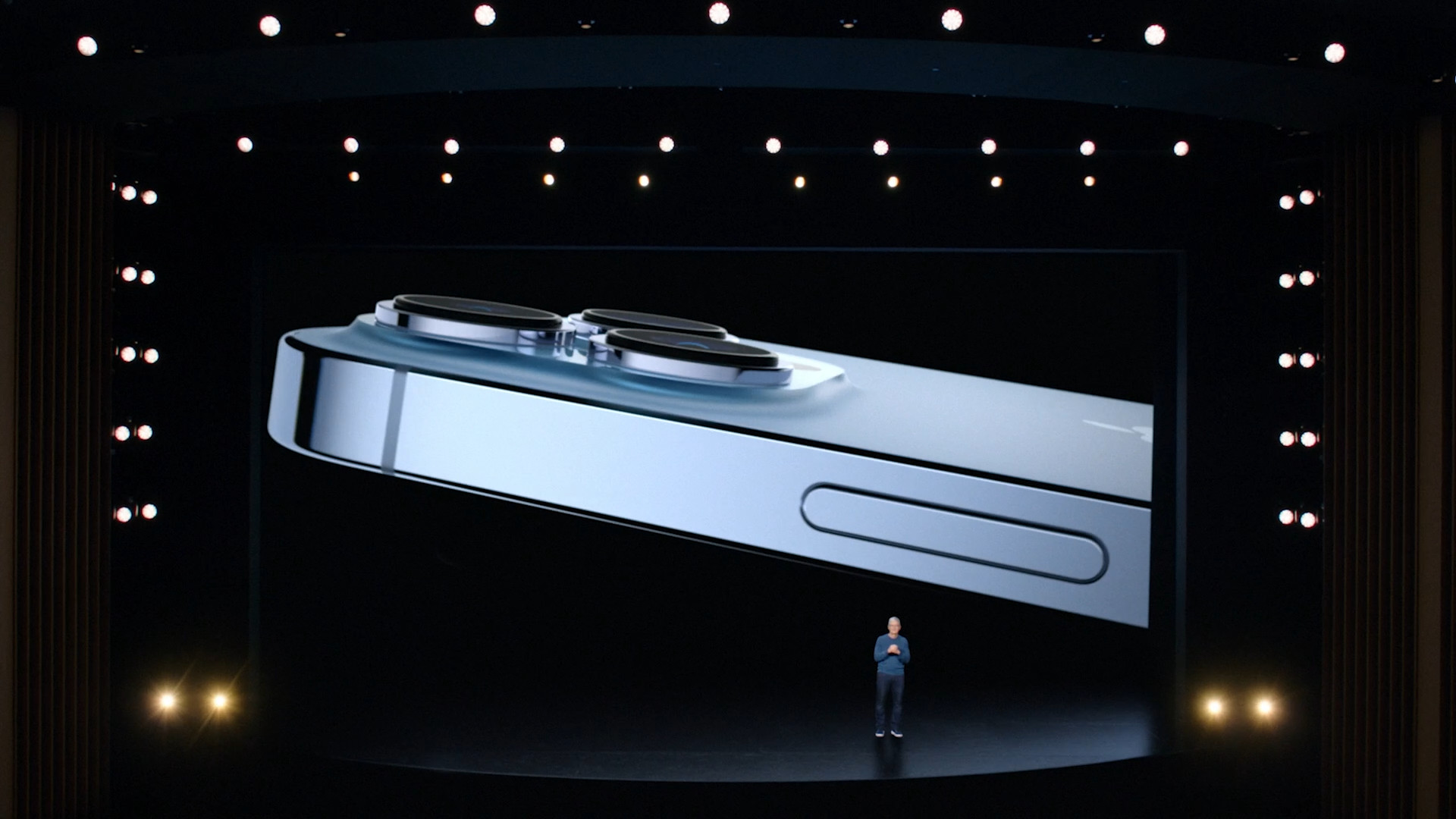
 Adam Kos
Adam Kos 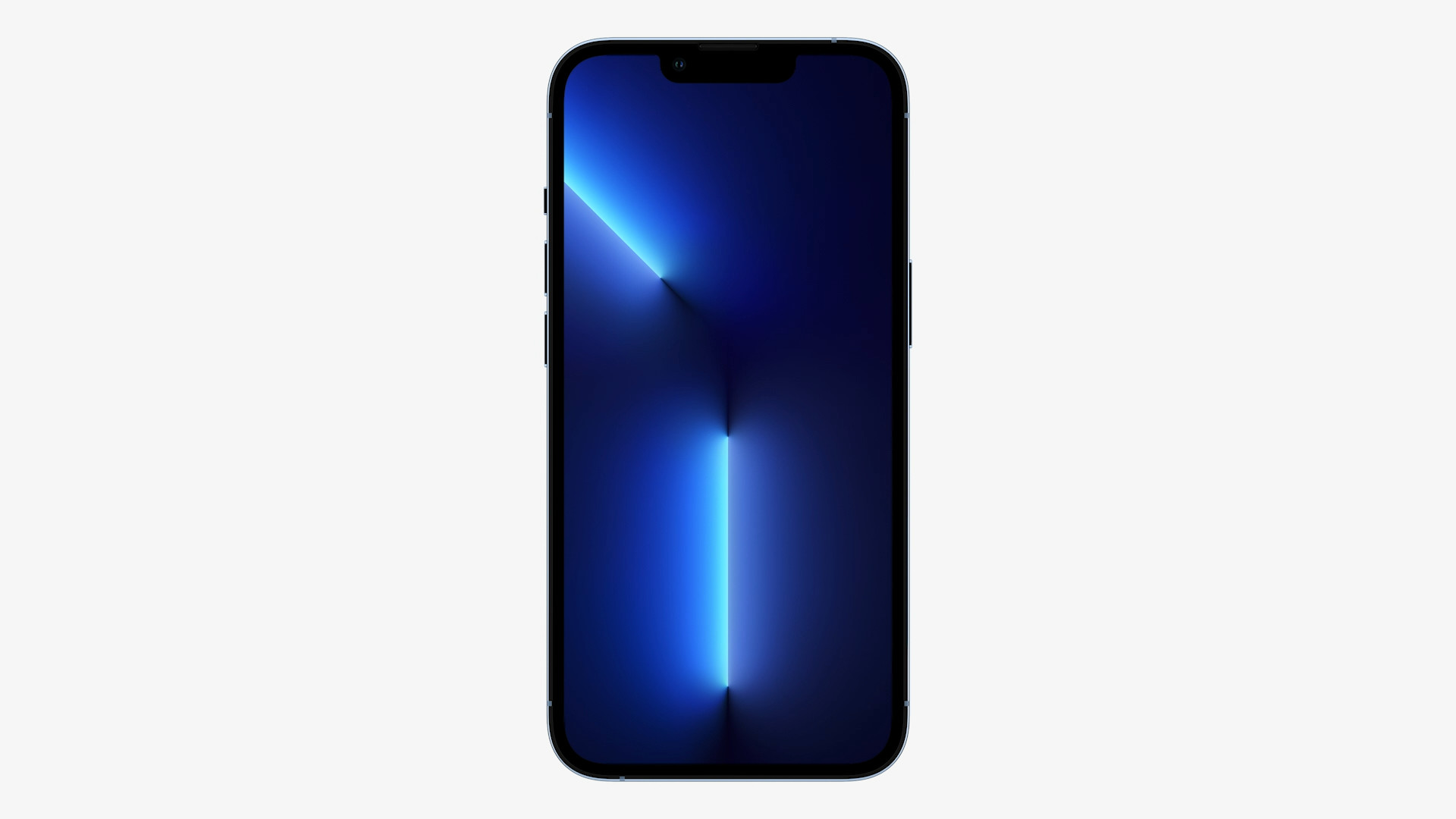
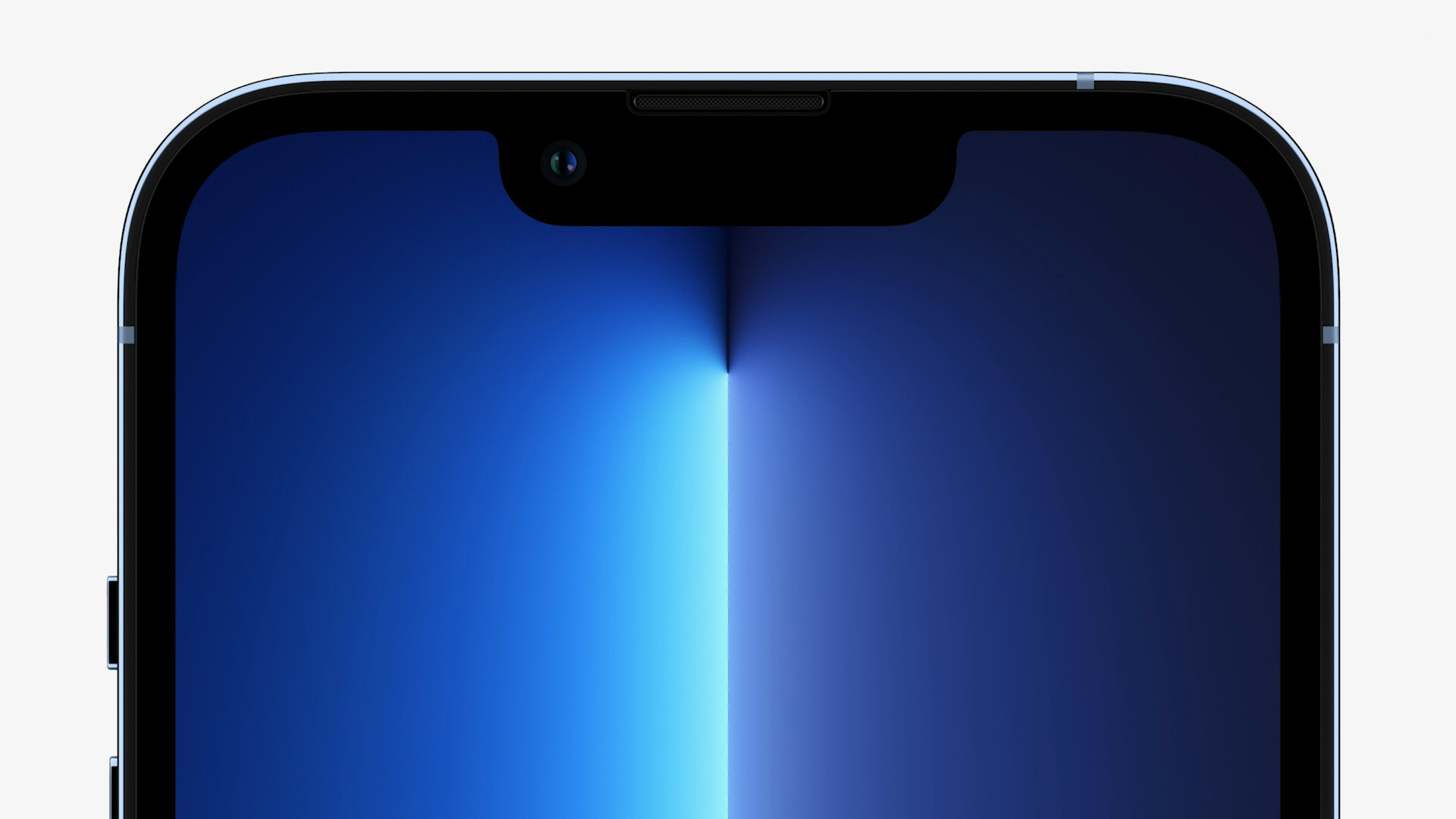
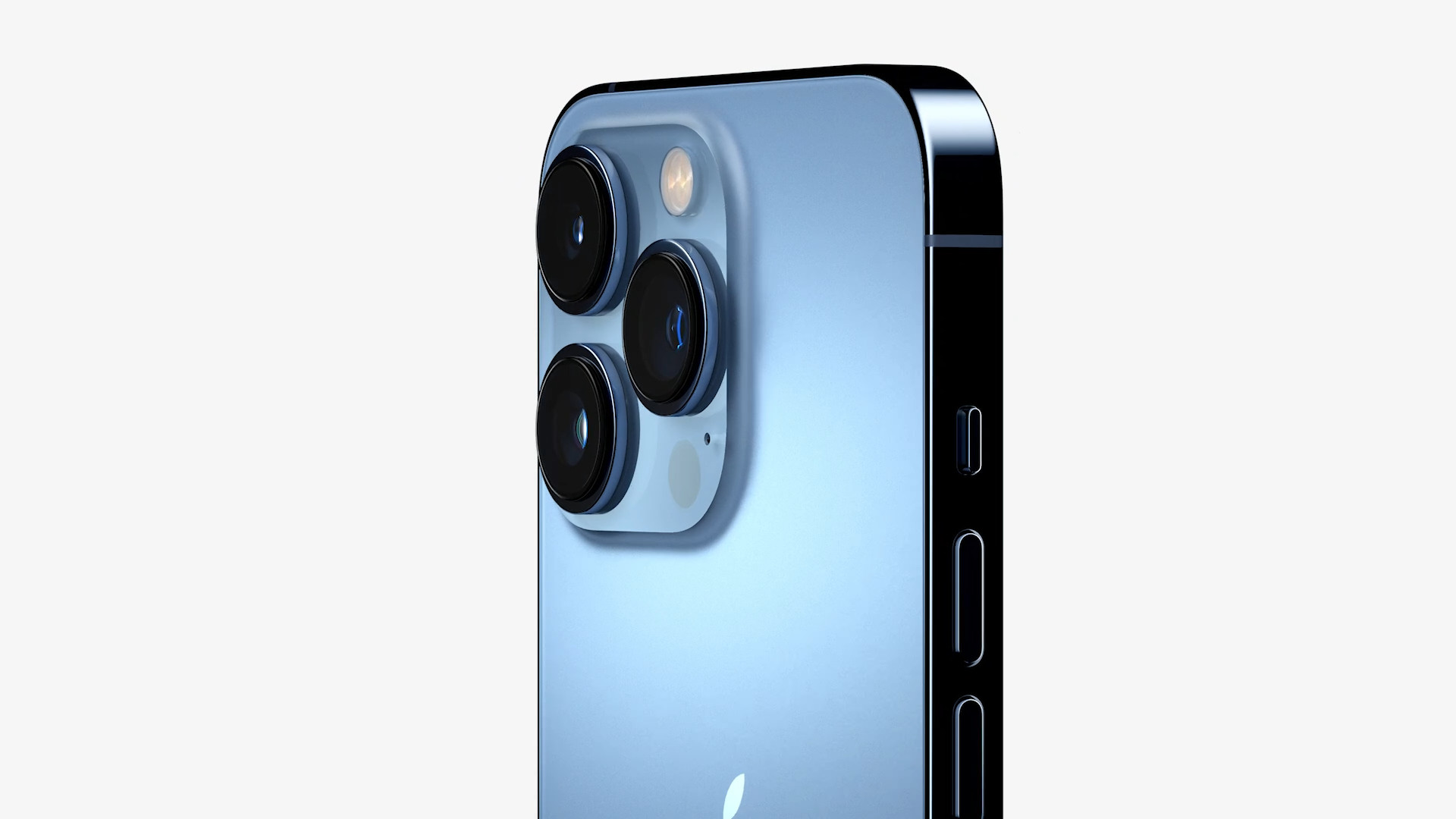
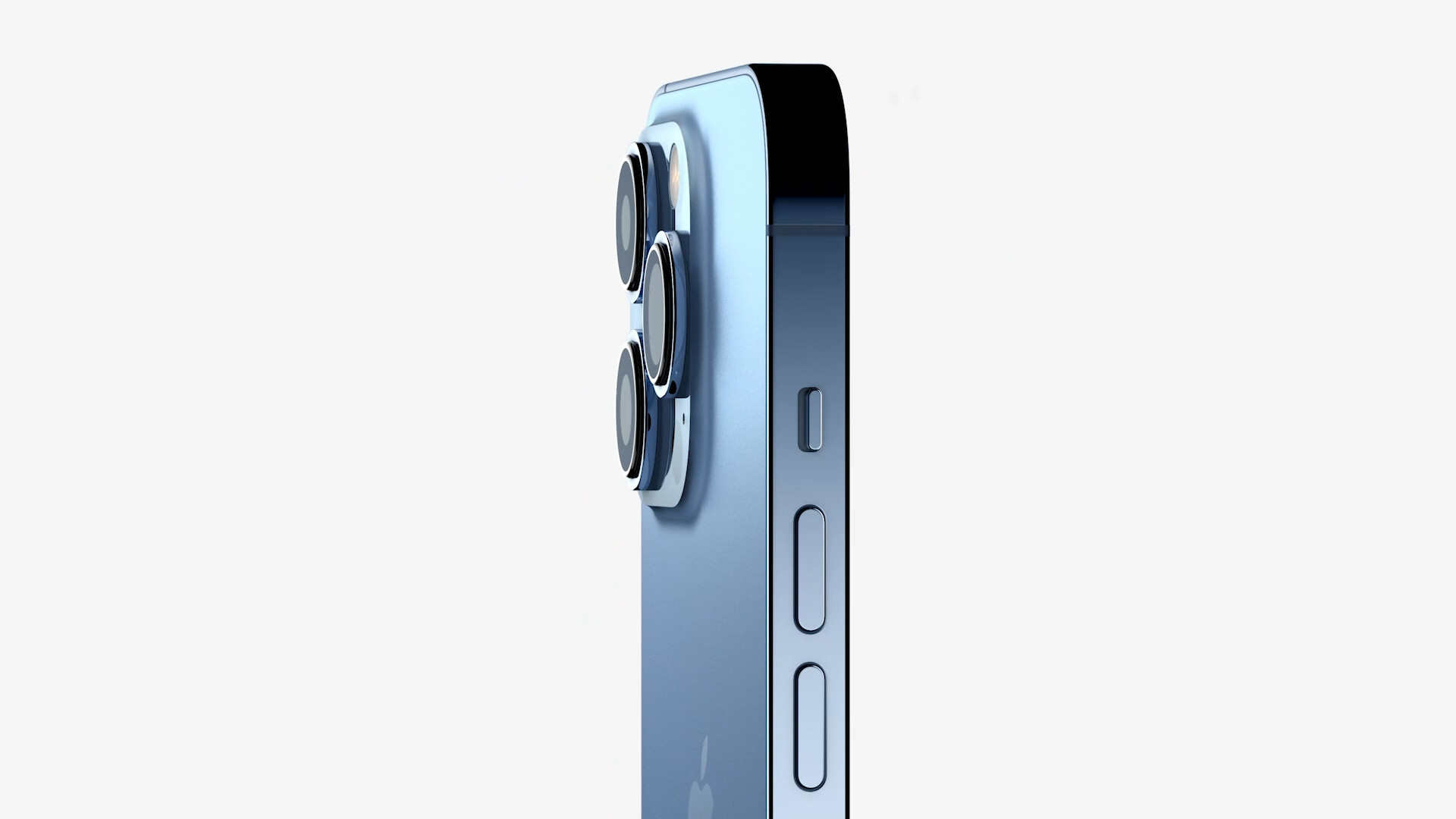
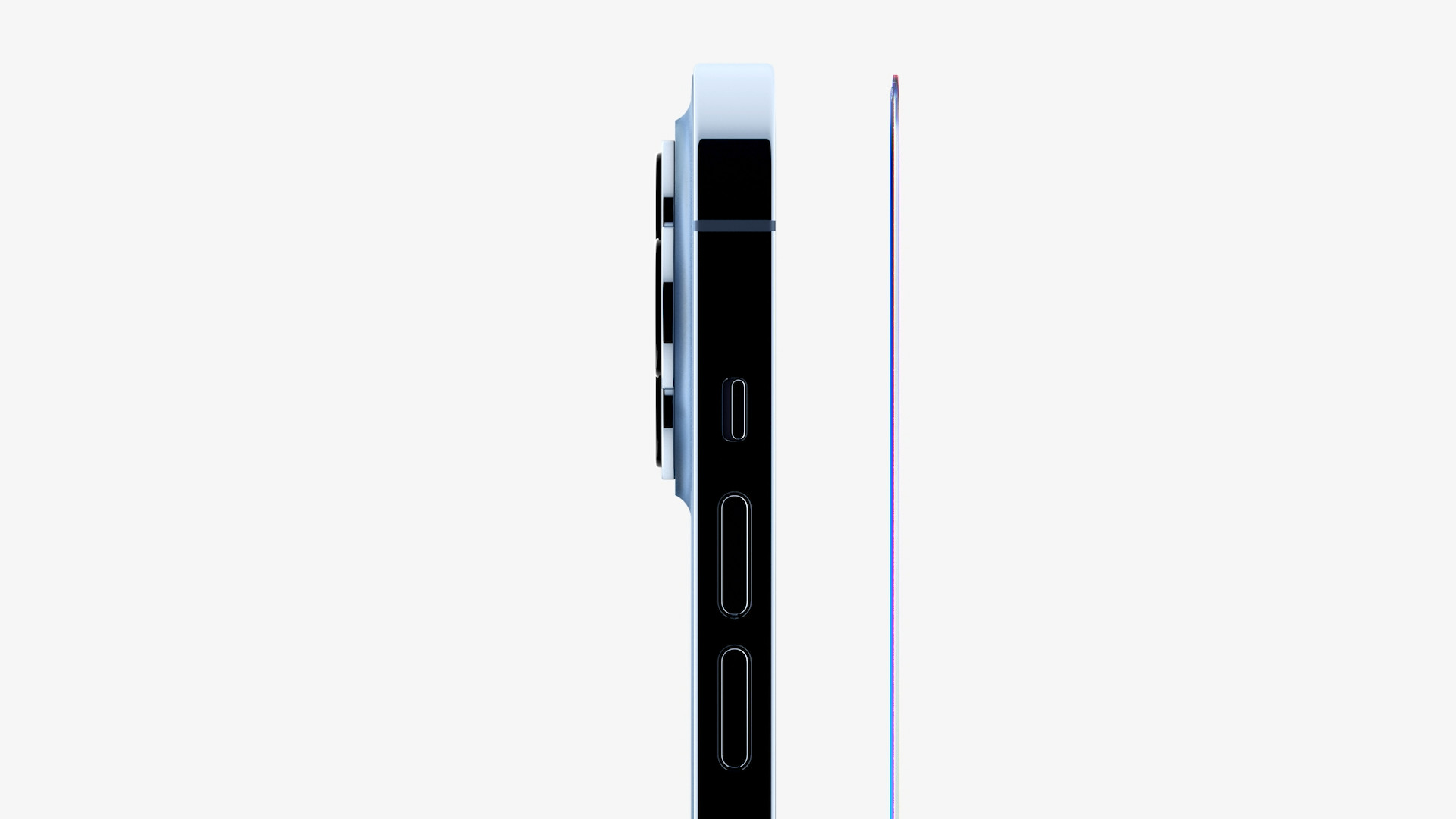
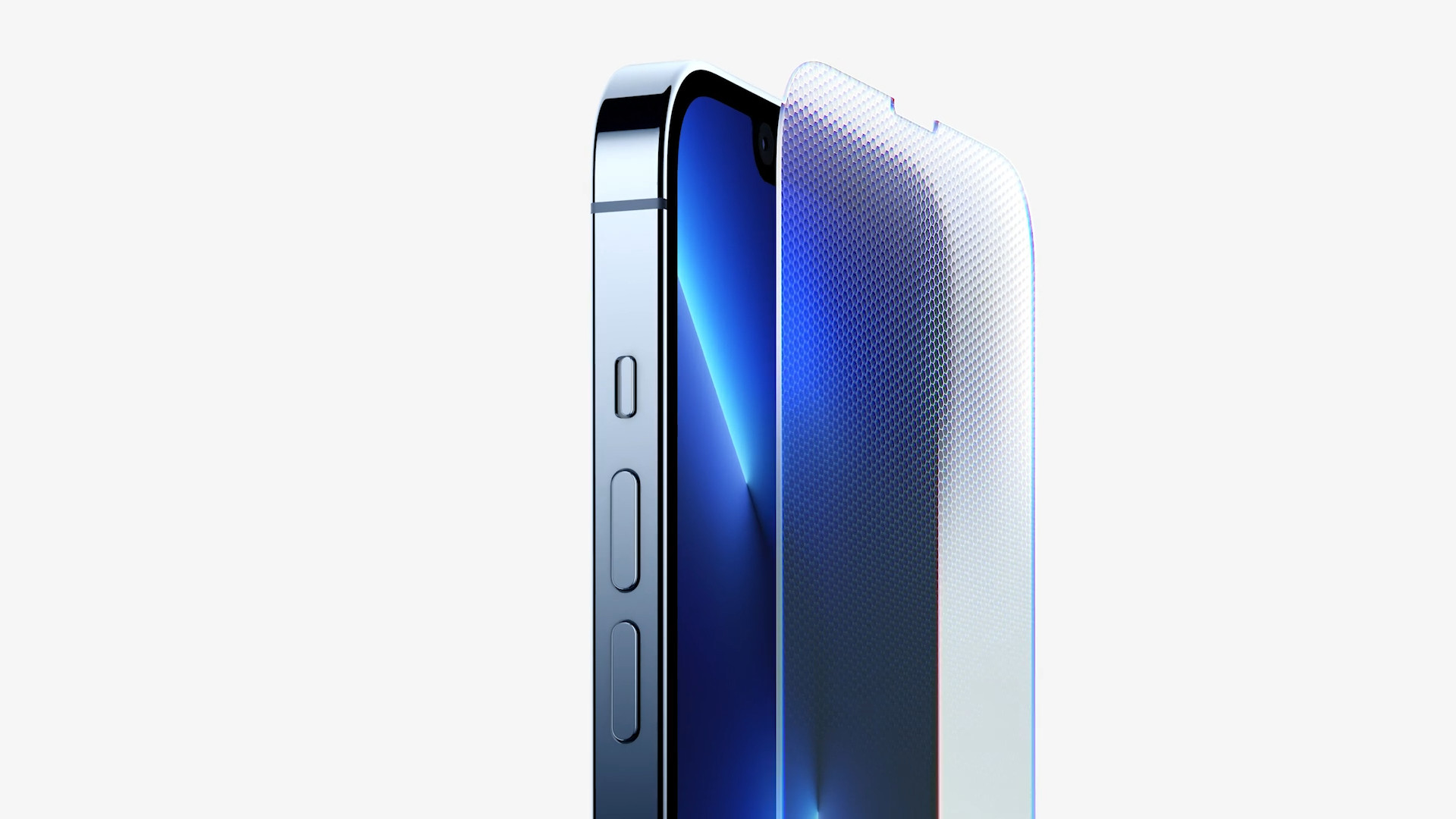

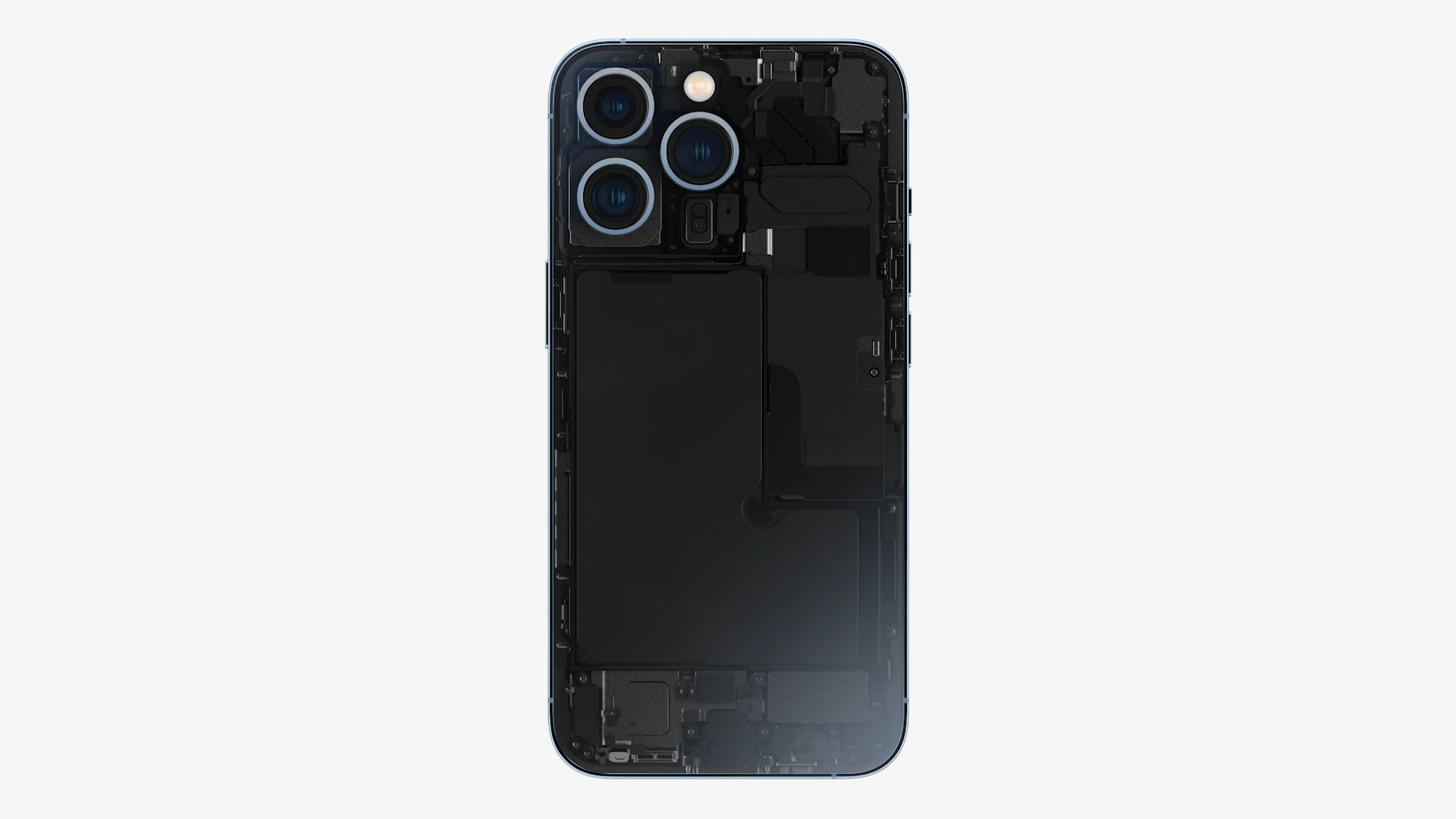

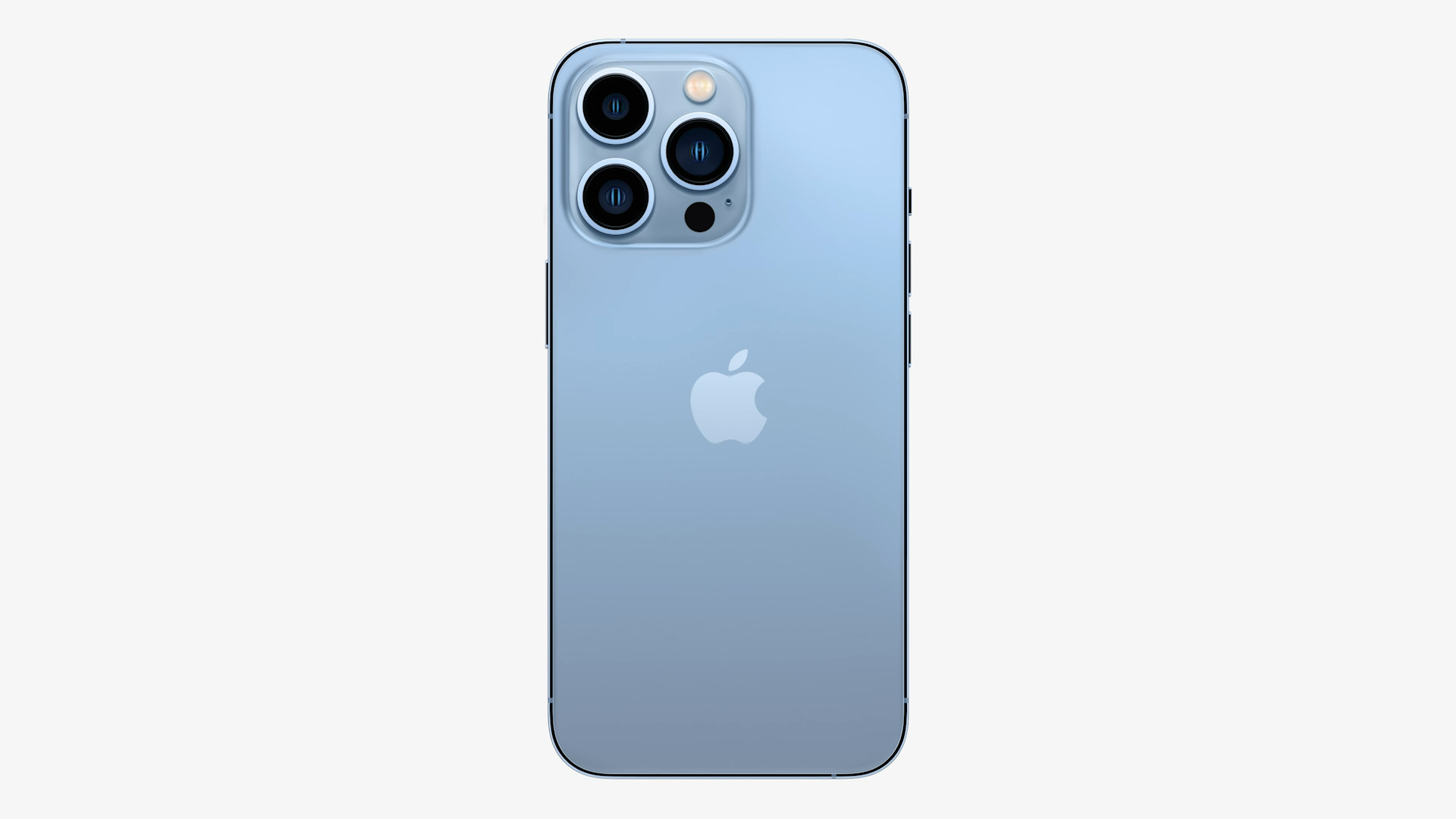
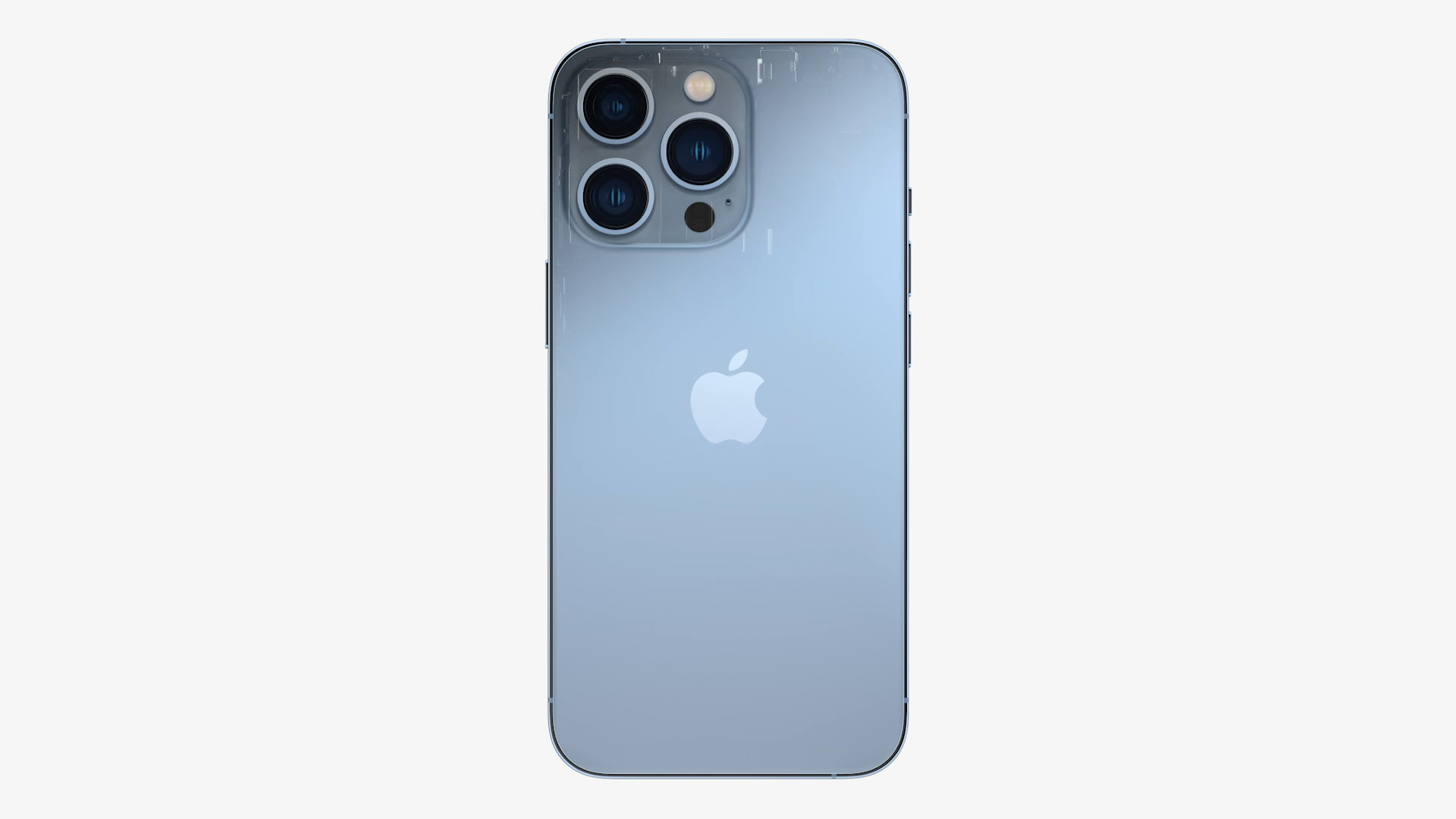
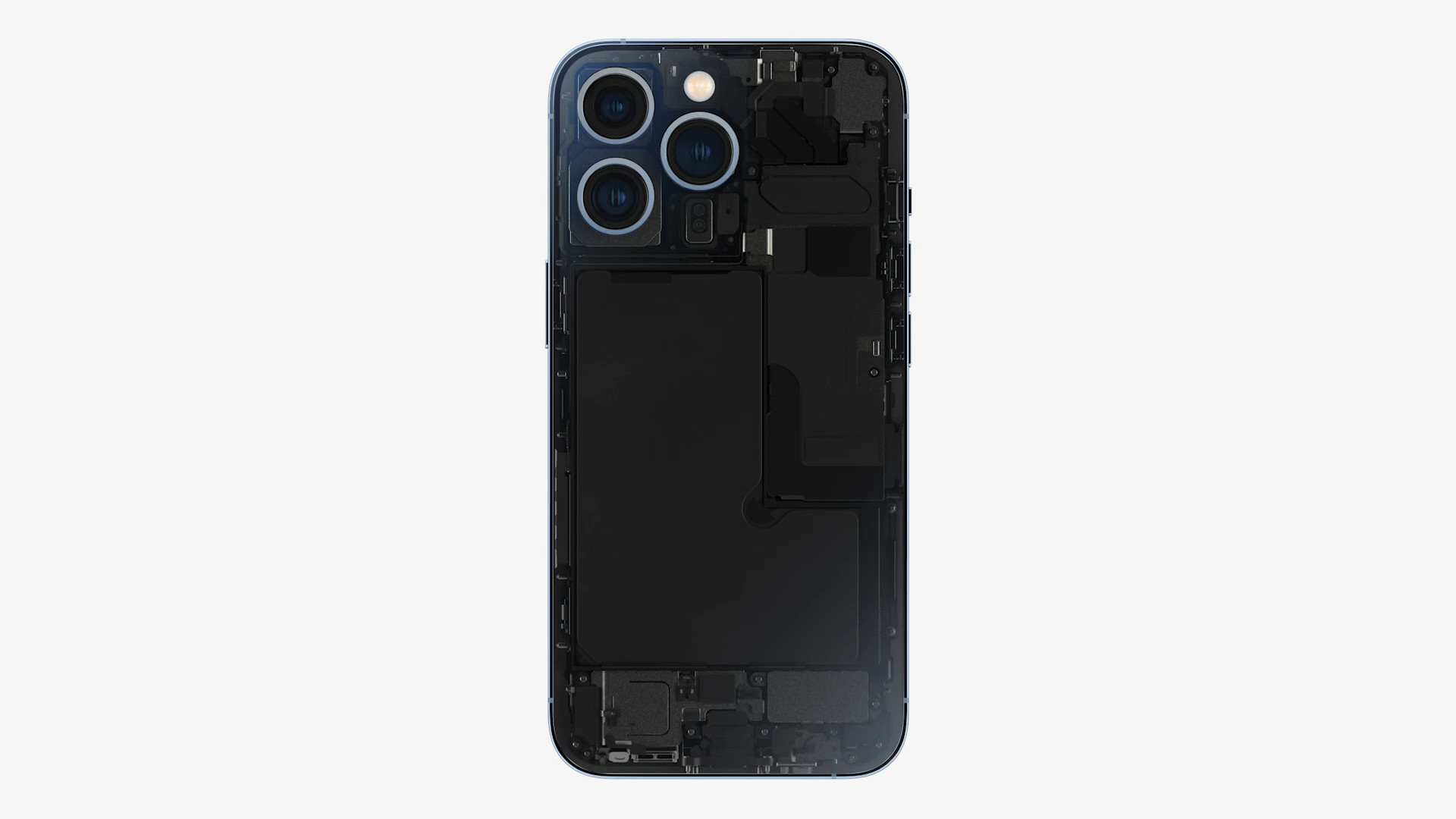

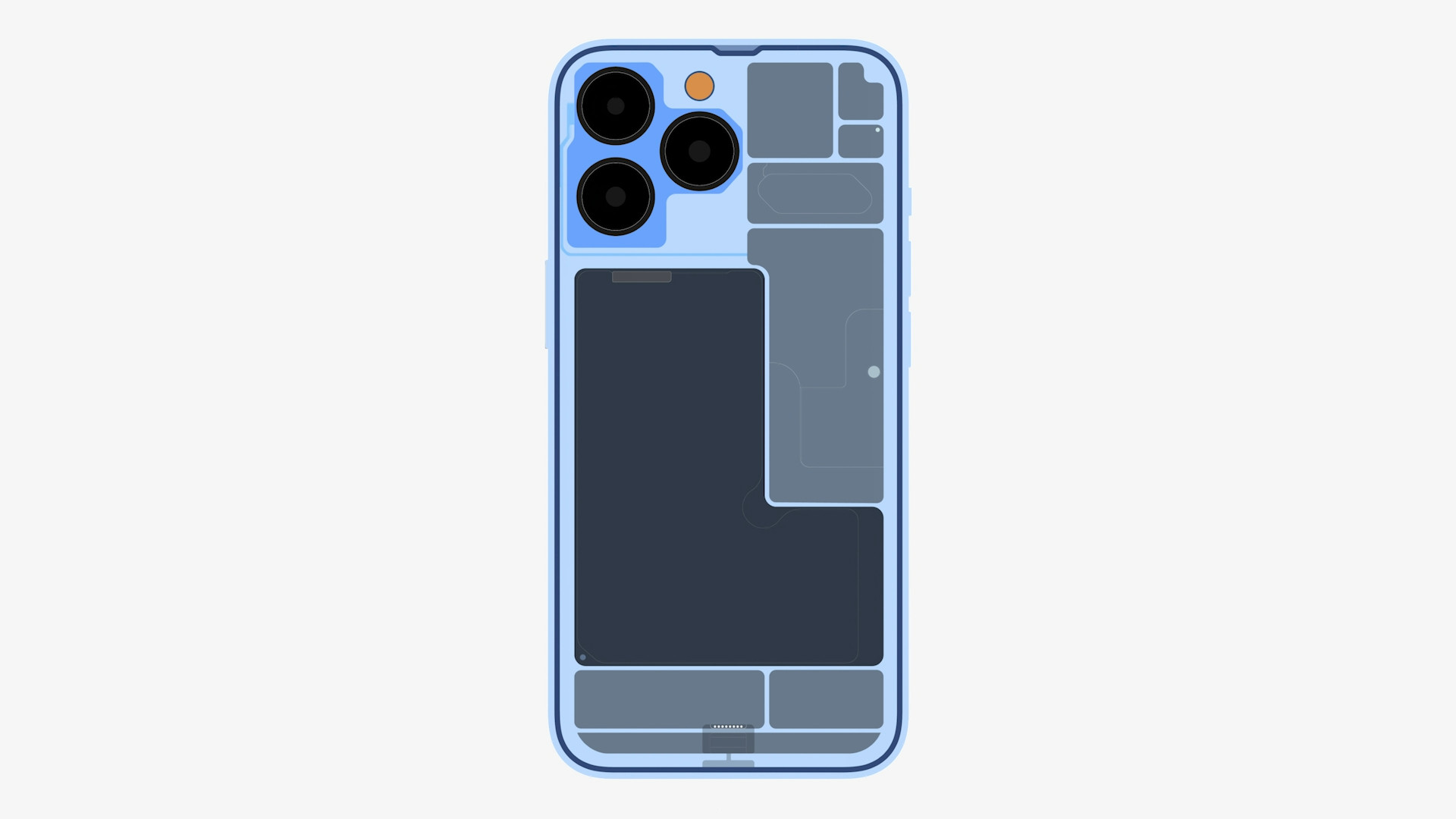
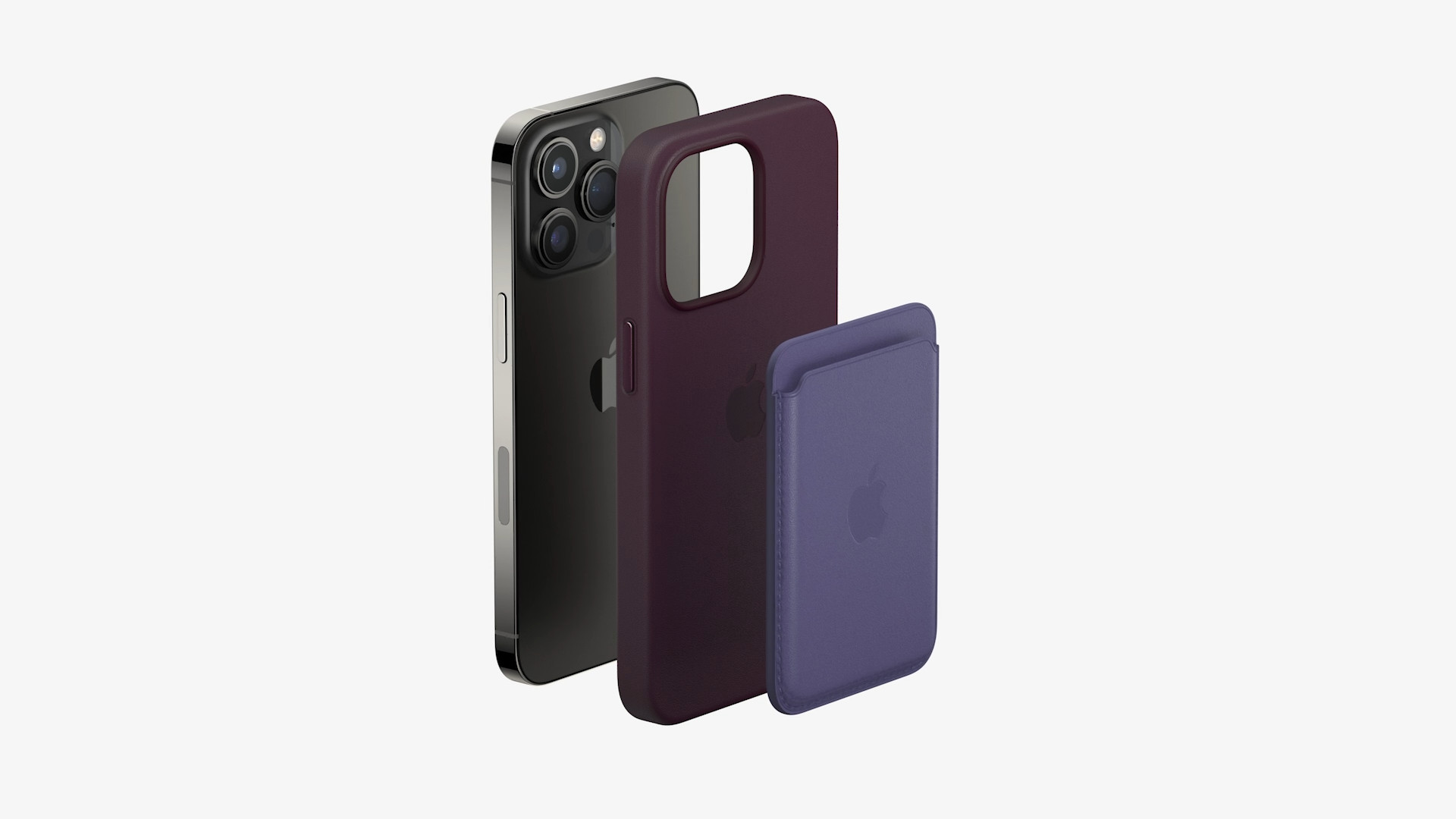
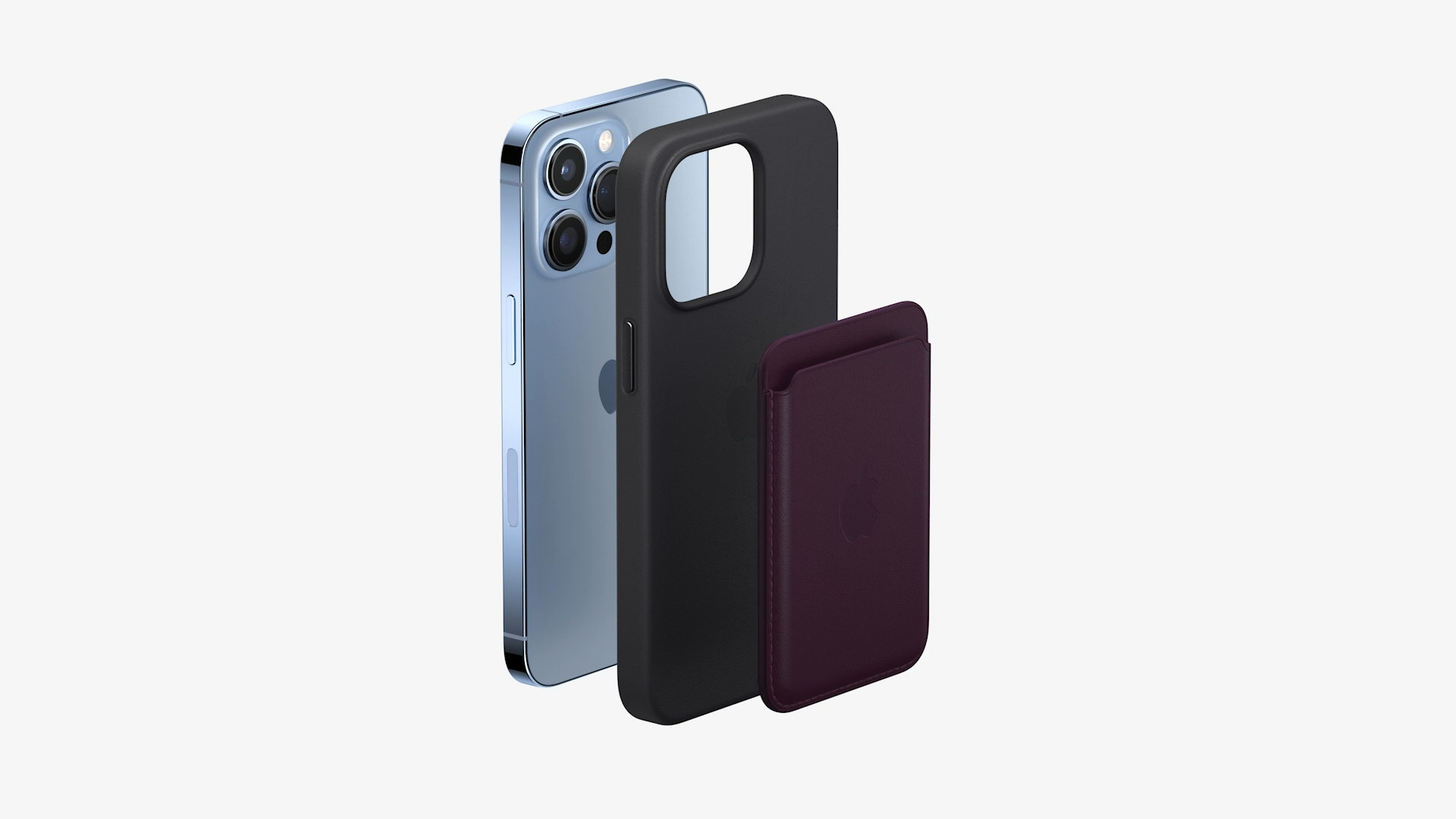
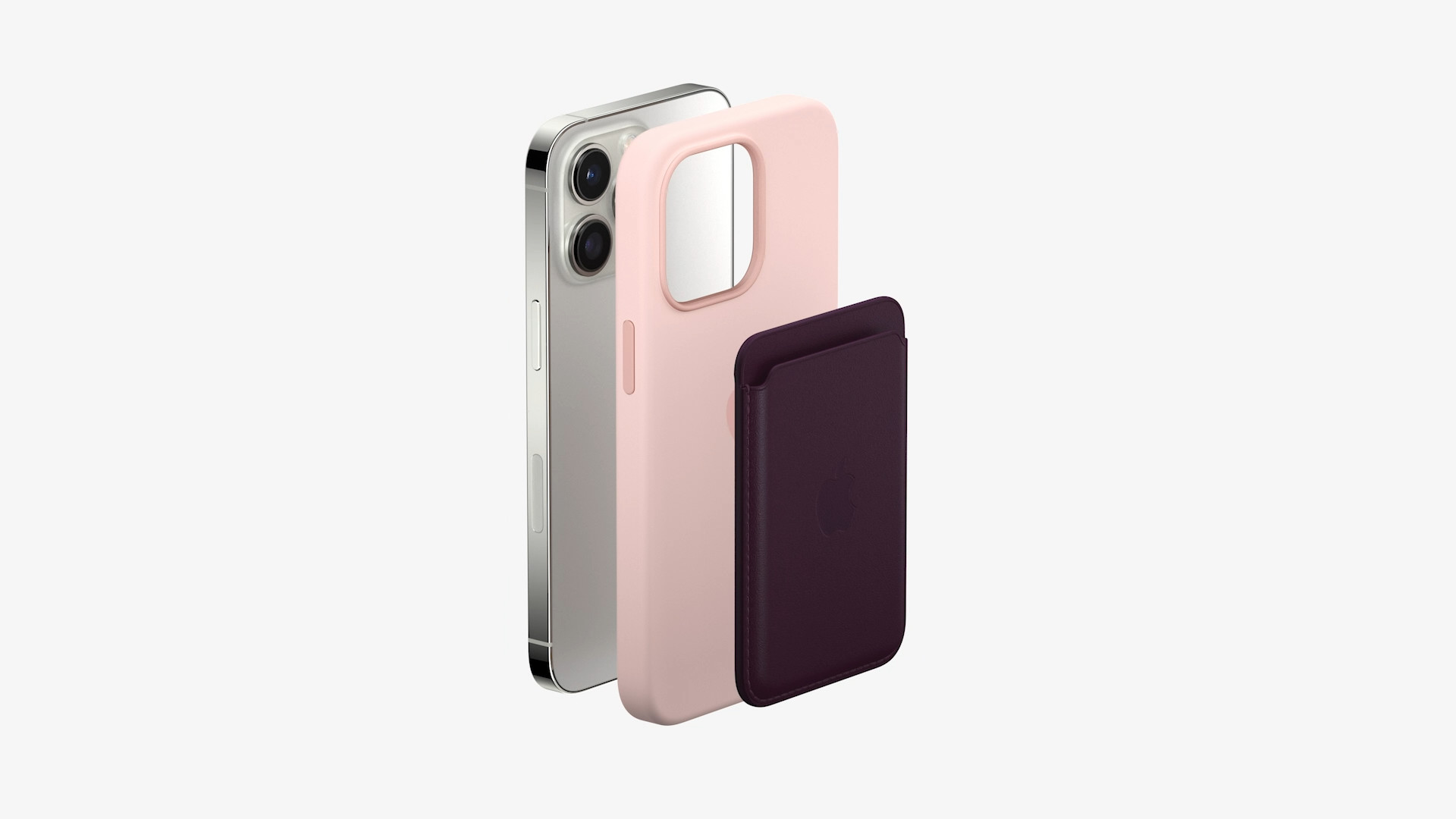
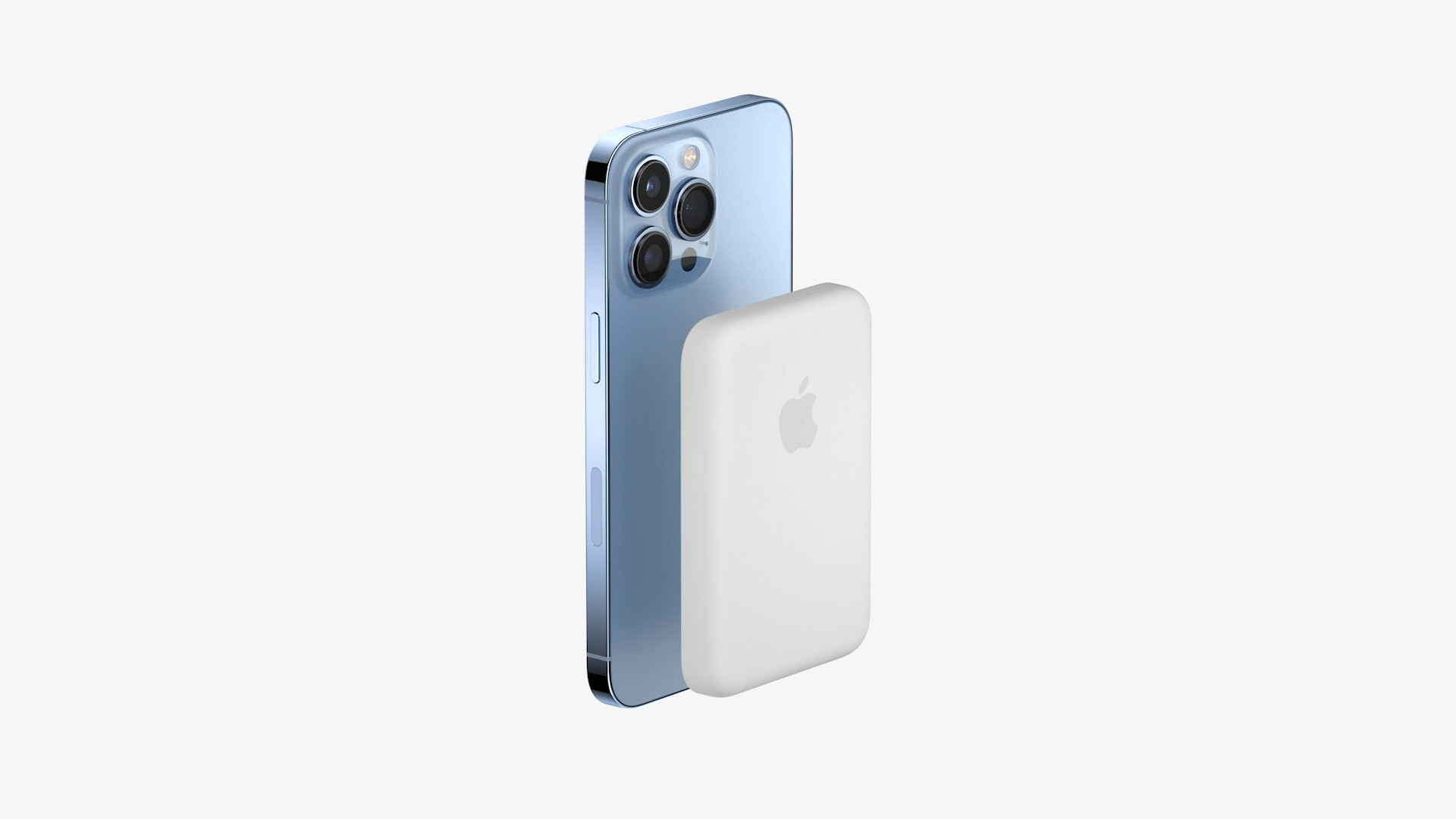
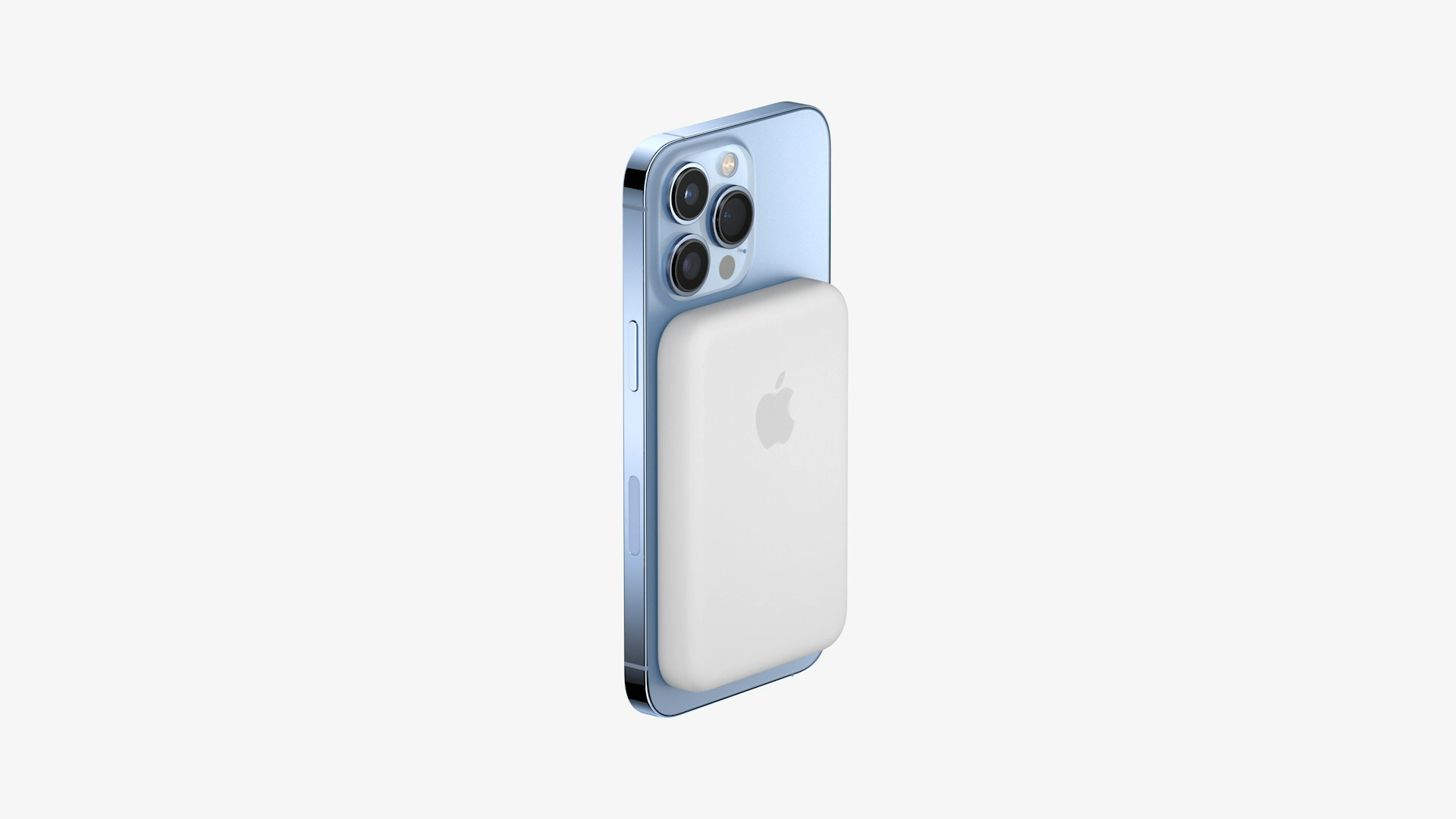
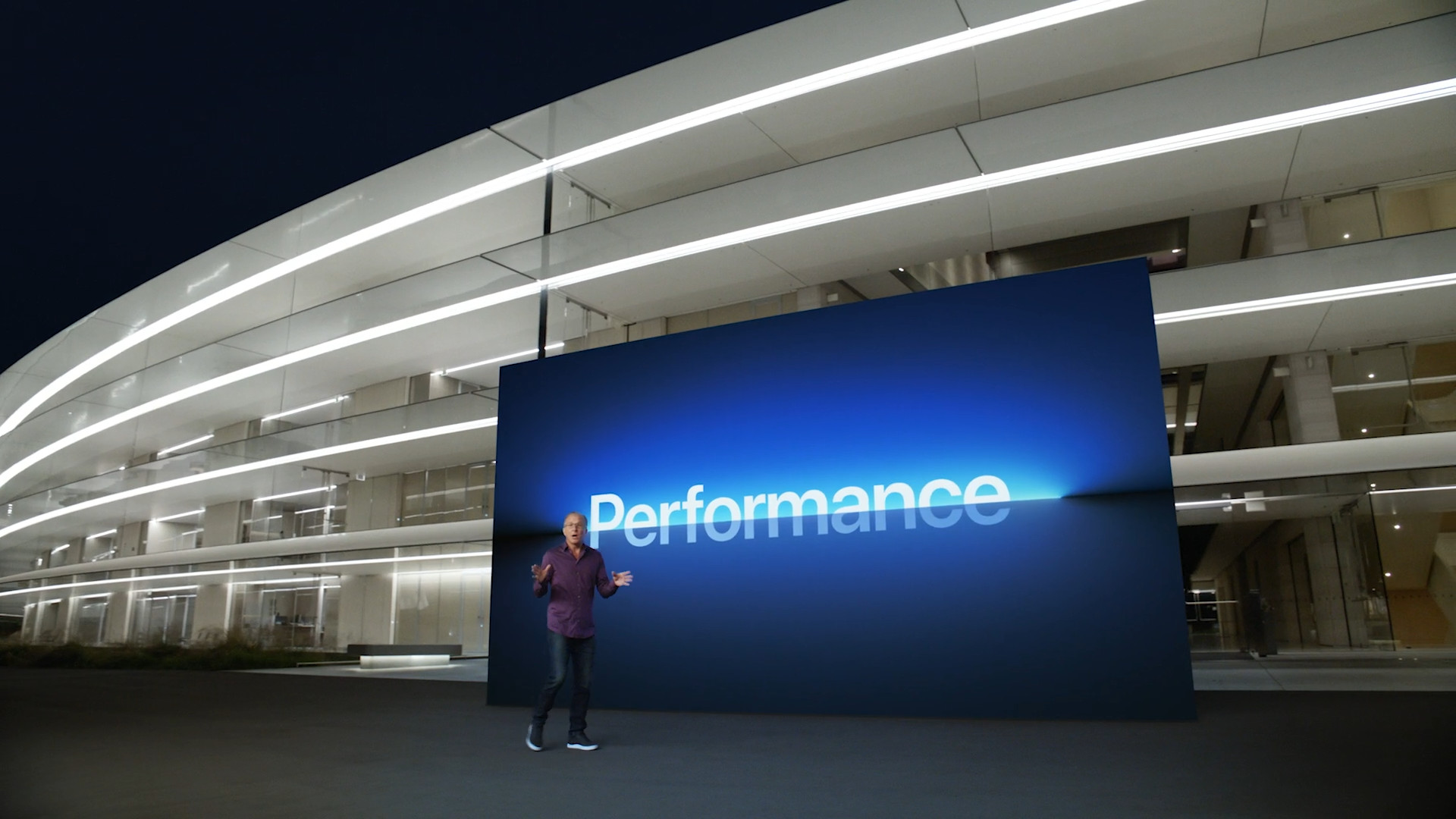
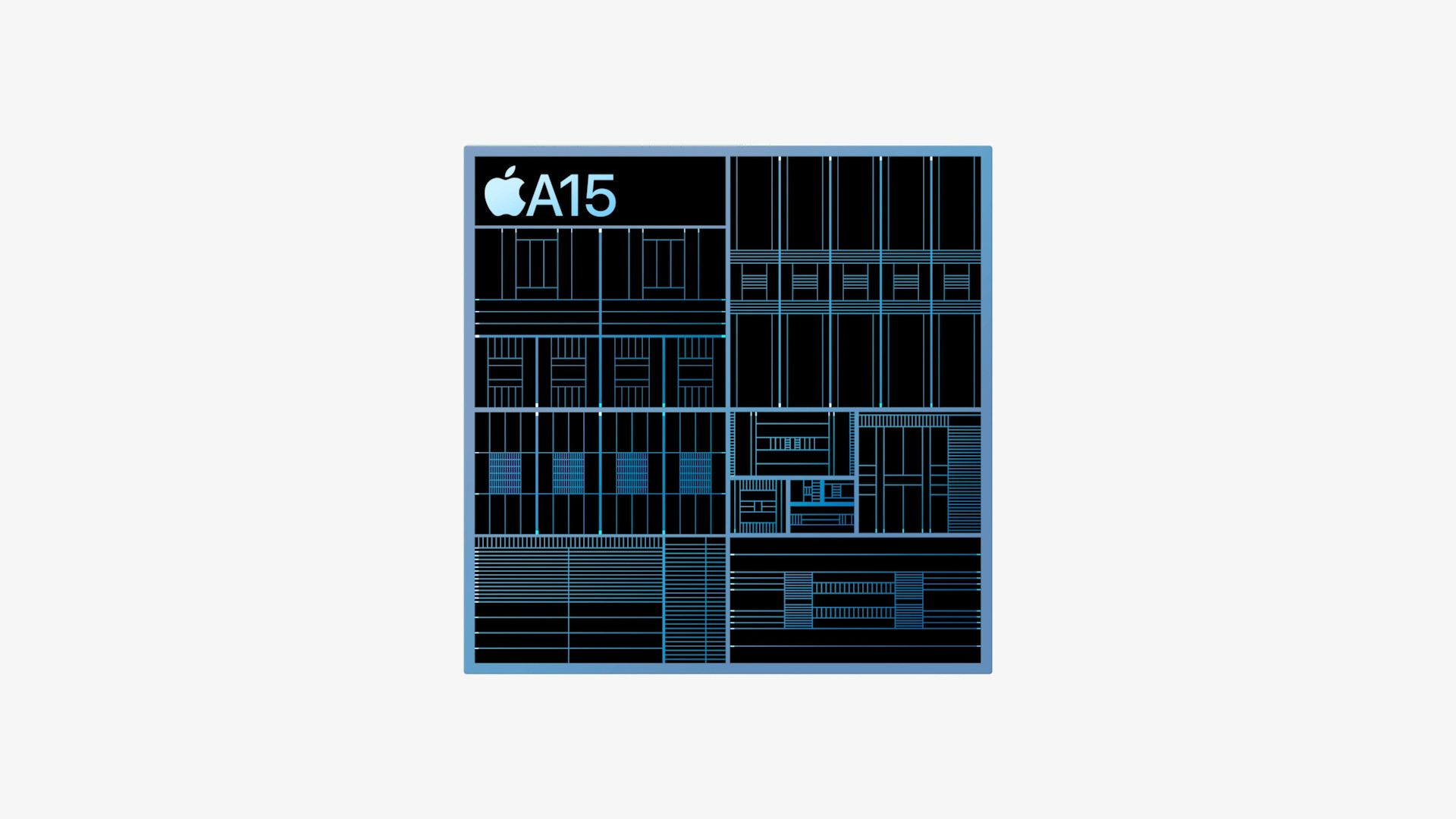
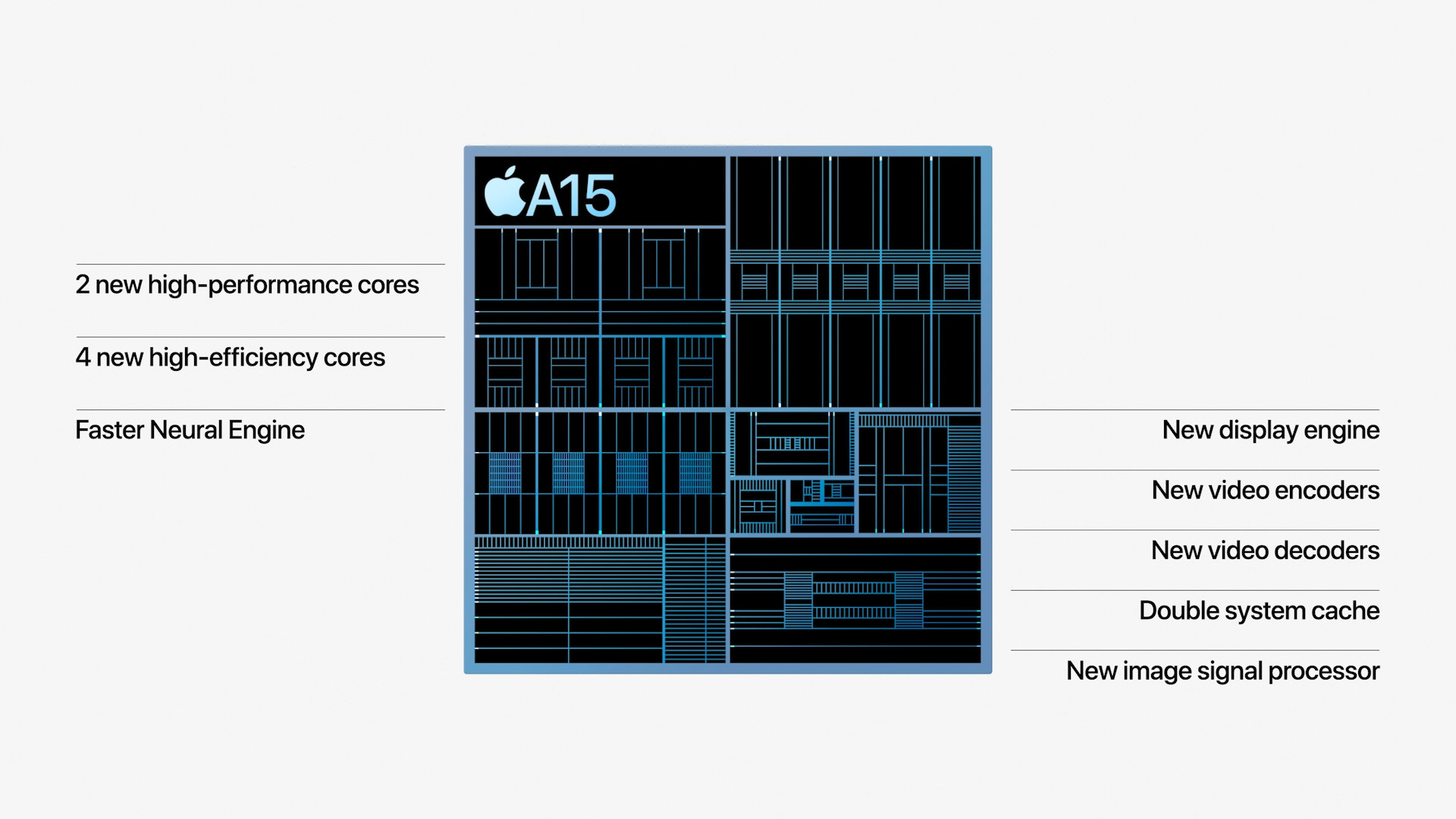
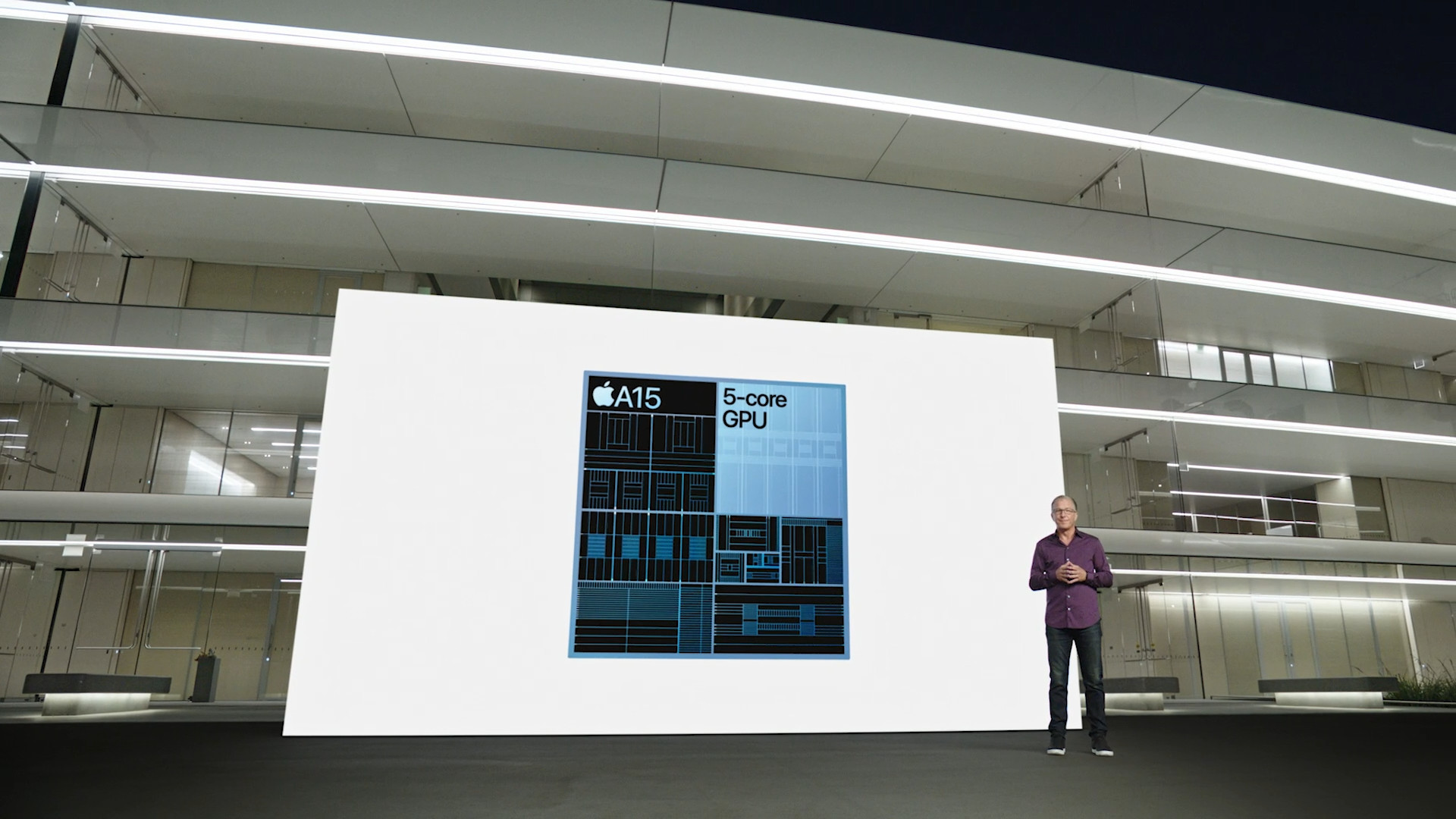

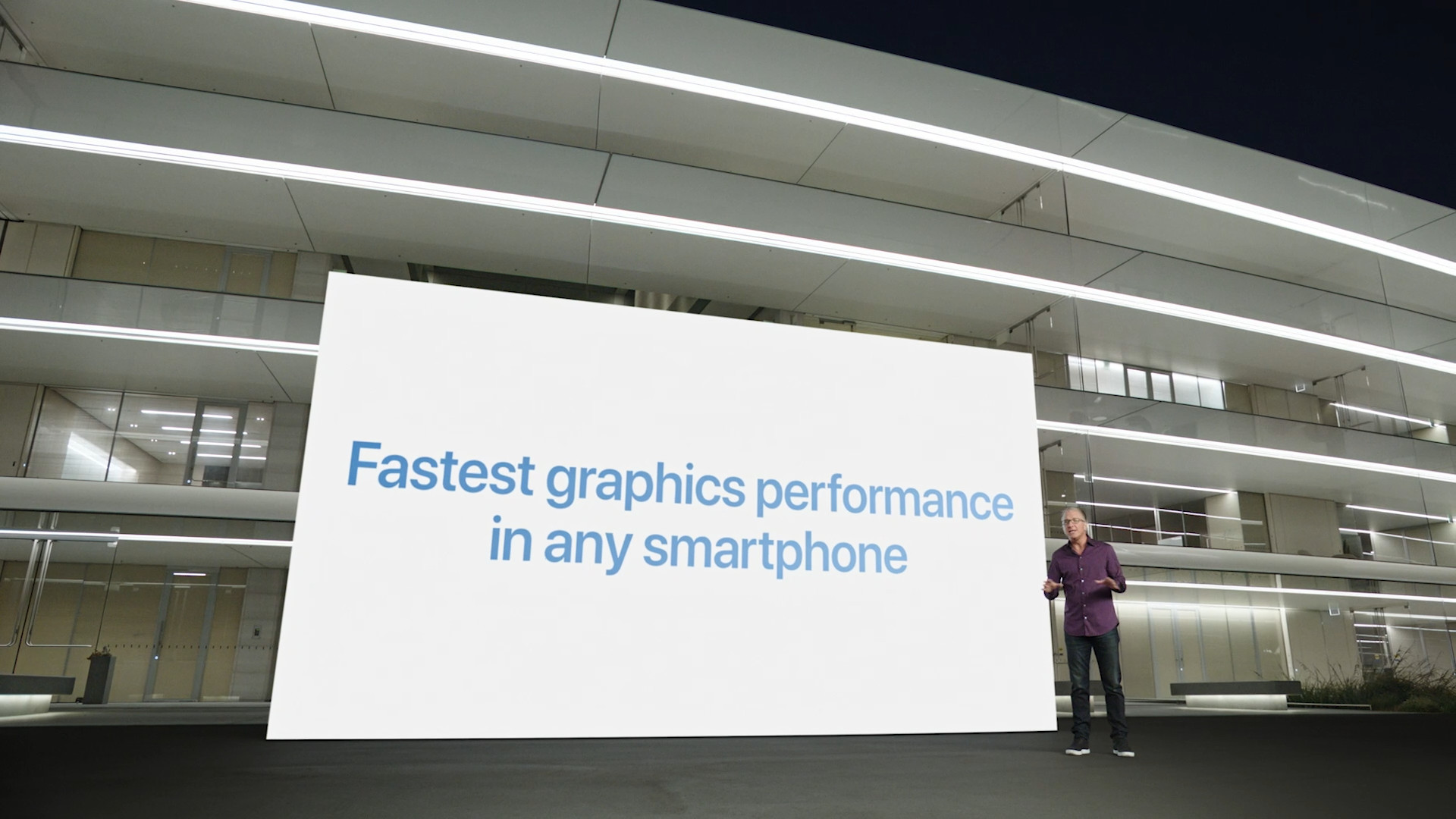






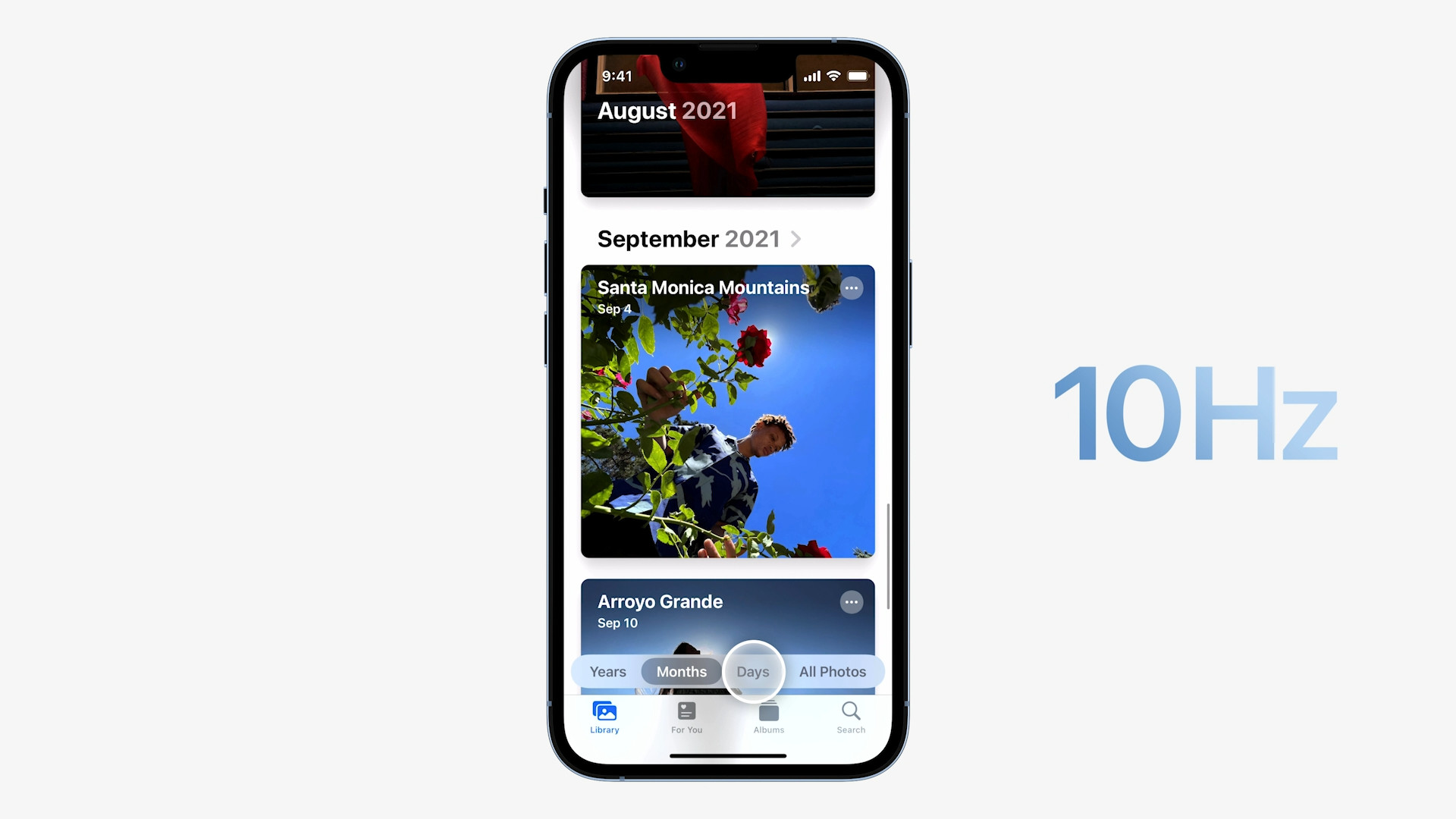


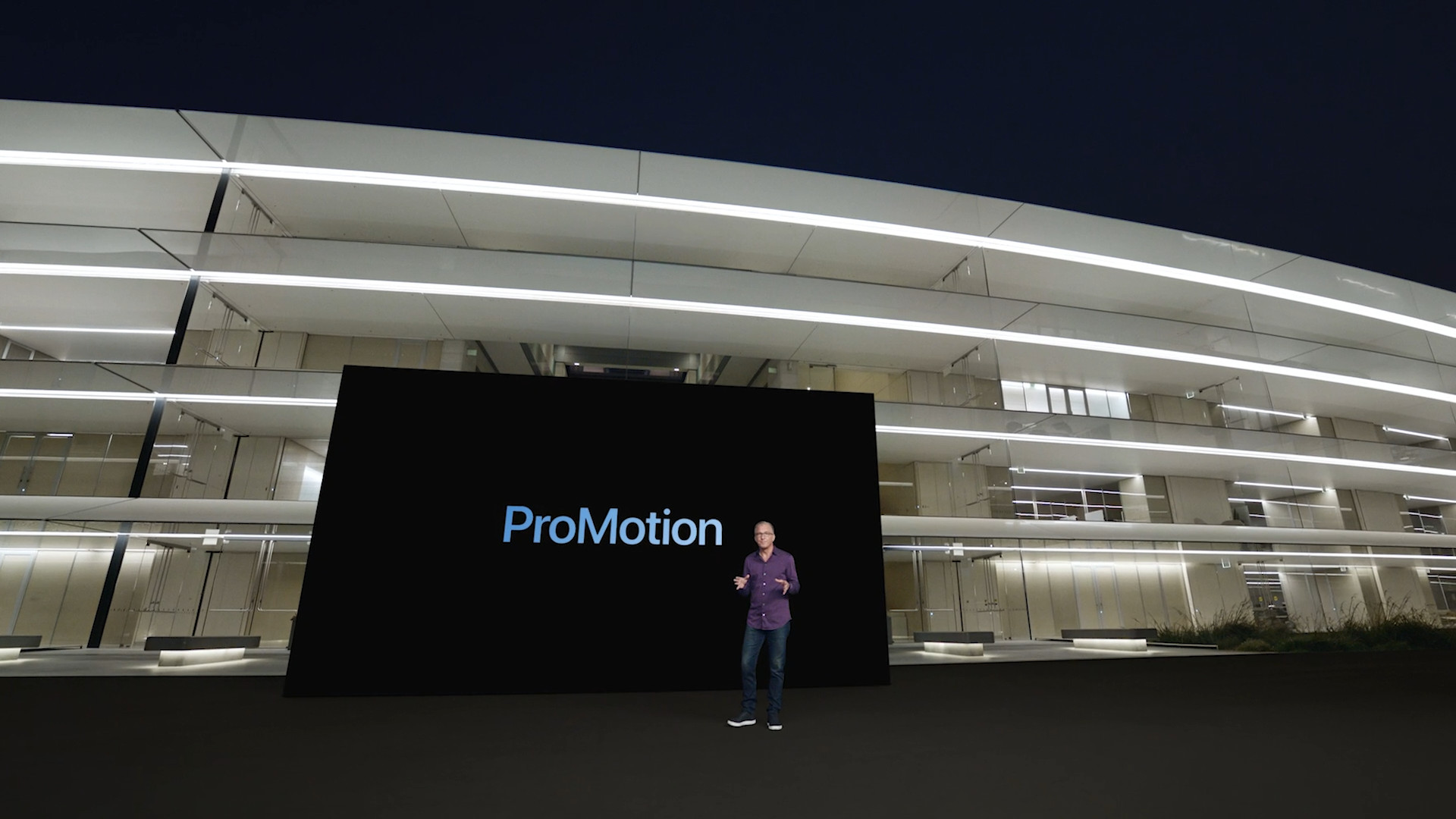
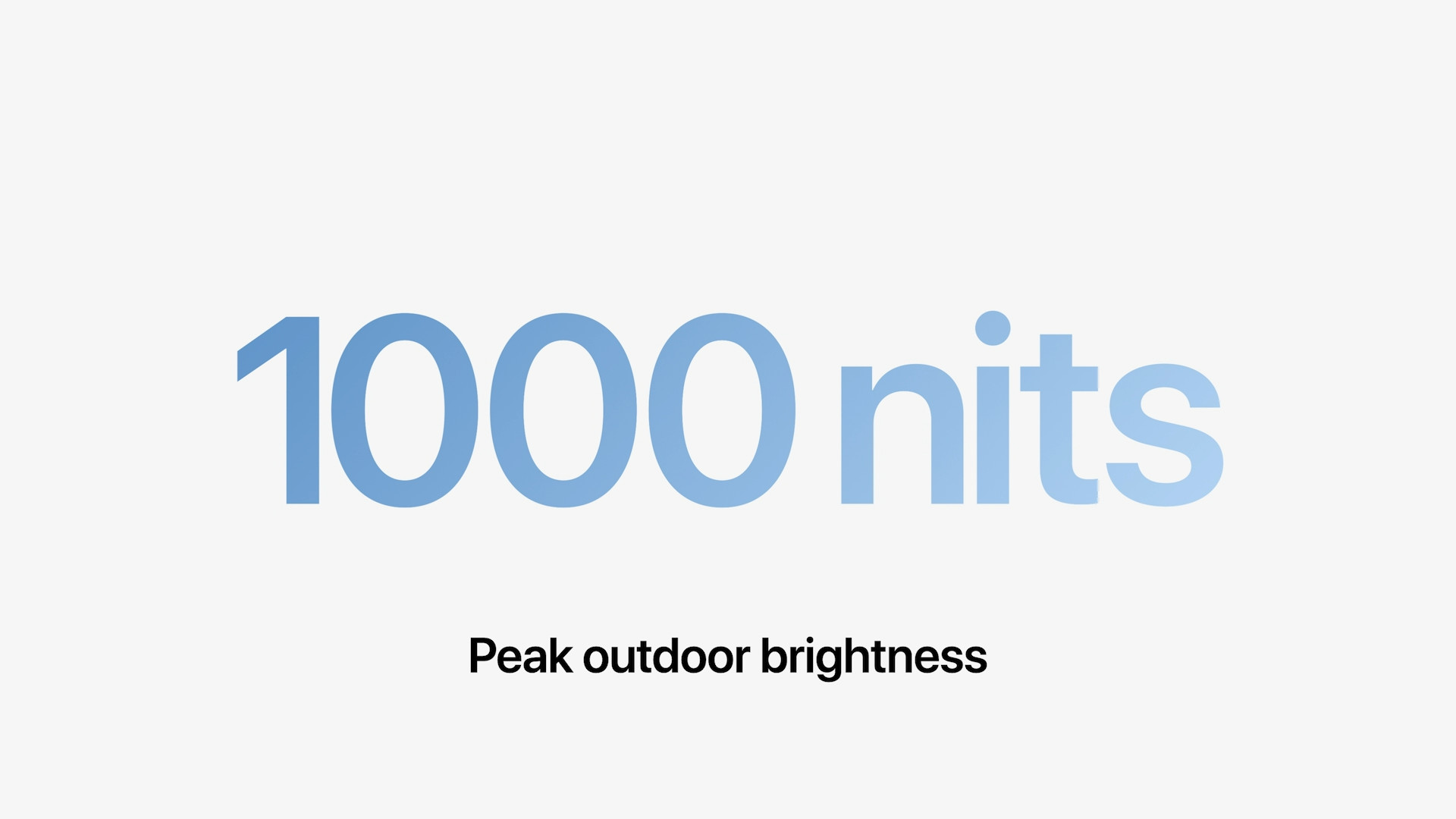

I don't think it's that the PROs have more cores because they need it, but the A15 manufacturing process just turned out to be completely flawless and resulted in a large percentage of processors where one of the GPU cores is not functional, or at least not stable . And this is an economically very reasonable solution (and we already know it from M1).
Rather, I would be interested if this was already taken into account during the design, or if this solution was created along the way...
Of course it is as you write. It's the same with the M1 chip, specifically with the MacBook Air M1. Here, the basic model is equipped with "scraps" where one GPU core failed, so it has 7 cores compared to 8 cores in the premium models. It's hard to say whether it was expected. Maybe I think so.